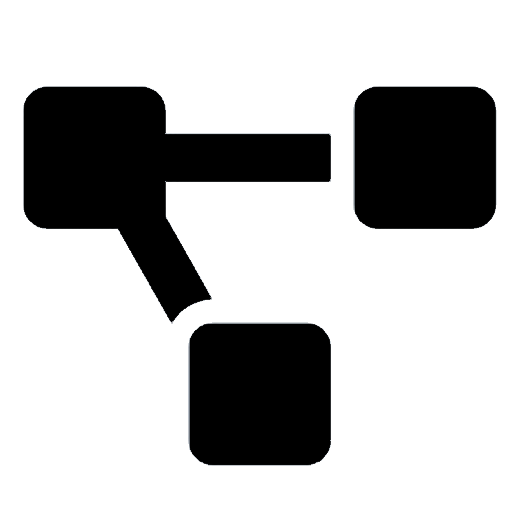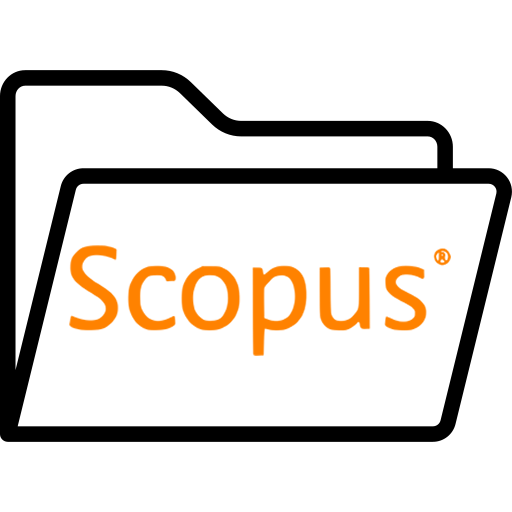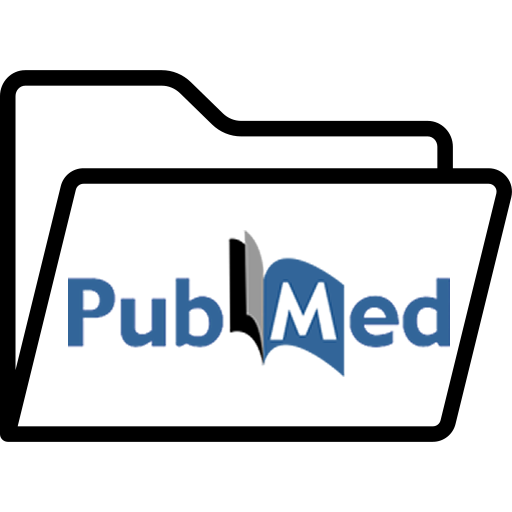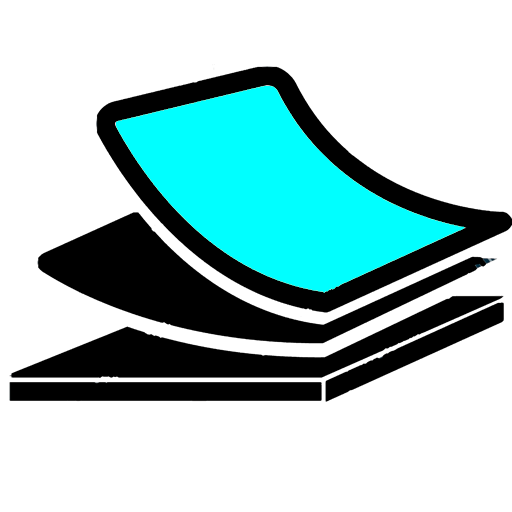İstanbul Sağlık ve Teknoloji Üniversitesi Kurumsal Akademik Arşivi
DSpace@İSTÜN, Üniversite mensupları tarafından doğrudan ve dolaylı olarak yayınlanan; kitap, makale, tez, bildiri, rapor, araştırma verisi gibi tüm akademik kaynakları uluslararası standartlarda dijital ortamda depolar, Üniversitenin akademik performansını izlemeye aracılık eder, kaynakları uzun süreli saklar ve telif haklarına uygun olarak Açık Erişime sunar.

Güncel Gönderiler
Arcuate foramen of the atlas vertebra and its correlation with clinical implications in the craniocervical region: A systematic review and meta-analysis
(Elsevier, 2025) Valenzuela-Fuenzalida, Juan José; Cornejo-Peña, Javiera; Martinez-Cid, Josefina; Rojas-Acuña, Cristobal; Granite, Guinevere; Sanchis-Gimeno, Juan A.; Bruna Mejias, Alejandro; Nova Baeza, Pablo; Orellana Donoso, Mathias; Oyanedel Amaro, Gustavo; Becerra- Farfan, Álvaro; Rodriguez-Luengo, Macarena; Nteli Chatzioglou, Gkionoul; Konchaske, Marko
Background context The arcuate foramen (FA) can present in various forms: it may be complete, incomplete, unilateral, or bilateral. This anatomical feature is relatively common, occurring in approximately 3-15% of the population, with a higher prevalence in females. Purpose The purpose of this study is to provide rigorous scientific evidence detailing the anatomical characteristics of the AF. Furthermore, this work aims to analyze the prevalence and explore its relevance in clinical applications and surgical procedures. Study desing Systematic review and meta-analysis Methods Data were compiled from numerous published studies accessed from the databases Medline, Scopus, Web of Science, EMBASE, Google Scholar, Cumulative Index to Nursing and Allied Health Literature (CINAHL) and of April 2025. Methodological quality was evaluated with an assurance tool for anatomical studies (AQUA). Pooled prevalence was estimated using a random effects model, and differences in FA variant rates were assessed. Results FA variants were identified, the data were categorized into three groups: the first category was the type of sample, divided into cadaver donor samples and imaging findings; the second analysis focused on the geographical region from which the sample originated; and finally, sex and laterality were also considered. Overall, the prevalence of these variations was 16% (CI: 11%–20%), and significant heterogeneity (98.8%) was observed. Significantly higher rates were observed in the following subgroups: imaging studies versus donor data (p=0.032), right side versus left side (p=0.034), and bilateral versus unilateral findings (p=0.019). Among the concerns raised were studies on the risk of iatrogenic damage during surgical procedures. Several studies also indicated a higher frequency of vertebral artery variations in patients with symptoms such as recurrent headaches, vertigo, dizziness, and/or syncope. Conclusion This review emphasized the importance of considering the vertebral artery (VA) in the preoperative assessment of surgical procedures involving the placement of screws in the cervical spine, such as treatment for atlantoaxial instability. Lack of knowledge regarding the anatomy of this region can lead to complications, such as vertebral artery injury and, consequently, impaired blood flow to the brain, cerebellum, and brainstem. Therefore, the authors recommend further research on this topic, particularly in other patient populations and in collaboration with other disciplines, to advance our understanding of the vertebral artery and to provide valuable tools for healthcare professionals and researchers, thus contributing to improved patient care.
Epigenetic mechanisms of caffeine on athletes
(Nutrigenetik Epigenetik Derneği, 2025) Divanoğlu, Ömer; Ercan Karakaya, Zeynep; Mutlu, Hayrettin
Introduction: Caffeine is one of the most widely used ergogenic aids in sports, known to enhance endurance, strength, and reaction speed. While its effects have traditionally been attributed to adenosine receptor antagonism and increased calcium release, recent studies suggest that caffeine may also influence epigenetic mechanisms that regulate gene activity without altering the genetic sequence, primarily through DNA and histone modifications. Mechanismssuch as DNA methylation (the addition of methyl groups that suppress gene transcription) and histone acetylation (relaxing chromatin structure to activate genes) play a crucial role in exercise-induced skeletal muscle adaptation.
Epigenetic effects of caffeine
(Nutrigenetik Epigenetik Derneği, 2025) Ercan Karakaya, Zeynep; Mutlu, Hayrettin
Purpose: Caffeine is one of the most widely consumed bioactive compounds worldwide, naturally found in coffee and cocoa beans, tea leaves, guarana berries, and kola nuts. In recent years, the effects of caffeine consumption on chronic diseases, neurological disorders, and pregnancy outcomes have attracted attention, particularly in relation to epigenetic mechanisms. The aim of this study is to evaluate the epigenetic effects of caffeine and their potential health implications.
Epigenetic effects of caffeine on muscle in athletes
(Nutrigenetik Epigenetik Derneği, 2025) Divanoğlu, Ömer; Ercan Karakaya, Zeynep; Mutlu, Hayrettin
Objective: Caffeine is one of the most common ergogenic aids known to increase endurance, strength, and reaction time in athletes. Although its effects are generally thought to be mediated by adenosine receptor antagonism and its stimulatory role in calcium release, recent studies have revealed that caffeine may also influence epigenetic regulatory mechanisms. Epigenetic mechanisms are biochemical processes that alter gene activity without any changes to the DNA sequence, and these processes include DNA methylation, histone acetylation, and microRNA regulation.
Can blastocyst formation rate play a role as a predictor of PGT-A cycle outcomes?
(Elsevier, 2025) Aydın, Gerçek
OBJECTIVE To investigate clinical and embryological parameters that may serve as predictors of pregnancy outcomes in preimplantation genetic testing for aneuploidy (PGT-A) cycles. MATERIALS AND METHODS A total of 98 PGT-A cycles at a private in-vitro fertilization (IVF) center between April 2022 and July 2025 were enrolled. Trophectoderm biopsy cases without any known uterine anomalies and endometrial factor are included. Ovulation induction with letrozole (n=29) or hormone replacement therapy (HRT) (n=69) were used for endometrium preparation. Clinical and embryological cycle characteristics are analysed. Blastocyst formation rate (BFR) was calculated as the number of blastocysts per MII, and the euploidy rate refers to euploid embryos per biopsied embryos. Statistical analysis included t-tests or Mann-Whitney U for continuous variables, and Chi-square test for categorical variables. To identify potential confounding factors subgroup analyses and multivariate logistic regression were performed. RESULTS Among the 98 patients, 62 (63.3%) achieved pregnancy and 36 (36.7%) did not. There were no significant differences between the groups regarding age, BMI, total gonadotropin dose, or stimulation duration. Recombinant FSH agents were the most frequently administered (n=38), followed by hMG (n=23), combination of both (n=15) and recombinant FSH+recombinant LH (n=22). Analyzing the pregnancy results, no statistically significance was observed regarding the agents used, (p>0,05). The BFR was significantly higher in the pregnant group (0.36 ± 0.28) compared to the non-pregnant group (0.27 ± 0.24, p = 0.045). The estradiol/oocyte ratio was slightly higher in the pregnant group (319 ± 180 pg/mL) than in the non-pregnant group (287 ± 148 pg/mL), although not statistically significant (p = 0.48). The euploidy rate per was 59.3% (89/150) in the pregnant group and 68.8% (66/96) in the non-pregnant group, being not statistically significant (p = 0.13). Regarding confounding factors (female or male aneuploidy, the type of gonadotropin, the type of endometrial preparation protocol), none of these demonstrated a statistically significant association with pregnancy outcome in either univariate or multivariate models. CONCLUSIONS Given our results, BFRs may predict pregnancy outcomes whereas euploidy rates do not, despite being higher in non-pregnant cases contrary to expectations. IMPACT STATEMENT BFR in PGT-A cycles may help clinicians both to counsel current patients and to shape more individualized management strategies for future cases.
























